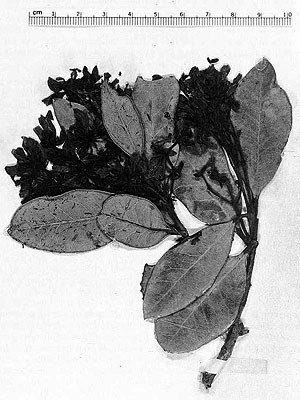McGregor’s House Finch (Haemorhous mexicanus ssp. mcgregori)
Described in 1897, this subspecies was restricted to the Isla de Cedros and the Islas San Benito in Baja California, Mexico.
The finches were originally described as having been very abundant and having been found all over the islands they inhabited; however, at the beginning of the 20th century, the populations begun to crash – almost certainly due to predation by introduced feral cats. The last sighting took place in 1938, then the birds were finally extinct.
***
The photo below shows an individual of another endangered island subspecies, the Guadaloupe House Finch (Haemorhous mexicanus ssp. amplus) from the Isla Guadaloupe, Baja California, Mexico.
***
syn. Carpodacus mcgregori Anthony, Carpodacus mexicanus ssp. mcgregori (Anthony)
*********************

Photo: gborn
https://www.inaturalist.org/people/gborn
http://creativecommons.org/licenses/by-nc/4.0/
*********************
edited: 26.08.2022



